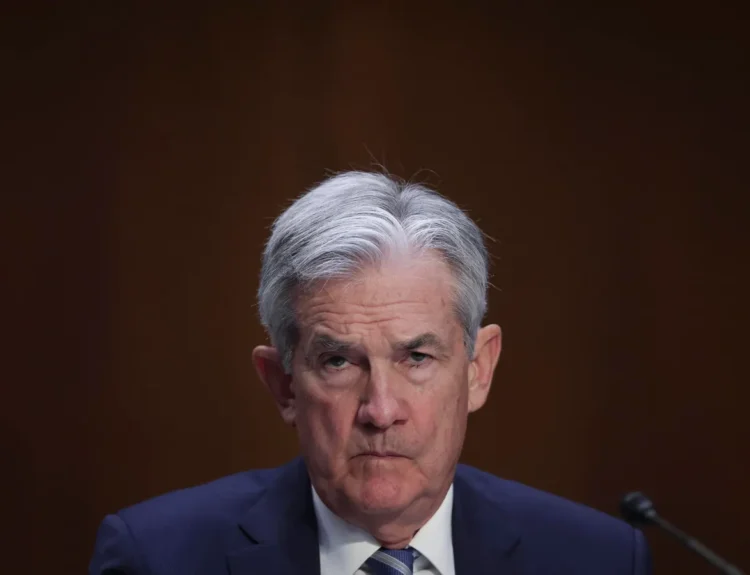The Federal Reserve’s three consecutive rate cuts in 2025 have created a mixed economic landscape. Savers enjoy higher returns on fixed-income investments, while borrowers see little relief from elevated lending rates. As the Fed projects a slower pace of cuts next year, it’s crucial to optimize savings, manage debt smartly, and position investments for long-term growth.
- Savings Strategies: High-yield savings accounts offer up to 4.9% APY, while money market accounts and funds provide competitive returns. Treasuries and CDs remain attractive for those seeking stability, offering yields around 4.1% to 4.5%. Municipal bonds present tax-advantaged options for high-income earners or residents of high-tax states.
- Debt Management: Despite rate cuts, credit card APRs average 20.35%, with retail cards as high as 32.66%. Refinancing mortgages could save borrowers with rates above 7%, but home equity loans remain costly at 8.5%. Balance transfer credit cards and proactive rate negotiations are recommended for reducing credit card interest burdens.
- Investment Outlook: Vanguard predicts “solid returns” on cash and fixed income investments as rates stabilize. Experts recommend holding only 6-12 months of expenses in cash for emergencies, while focusing on a diversified portfolio with active bond management and US large-cap stocks, particularly those benefiting from AI-driven productivity gains.
The Fed’s rate cuts provide opportunities for savers but limited relief for borrowers. By adopting strategic savings, debt management, and diversified investment approaches, consumers can navigate the evolving financial environment with confidence.










